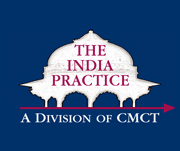The Working and Managing Across Cultures Blog
Browse, print, share, subscribe and comment on the Working and Managing Across Cultures Blog. In it you will find useful articles on global management, cultural competency as a business skill, doing business with India, working with Americans, and offshore outsourcing best practices by Dr. Karine Schomer and other experts. These resources provide succinct information and useful tips for managers, teams and professionals working in today's interconnected and constantly changing global business world.



